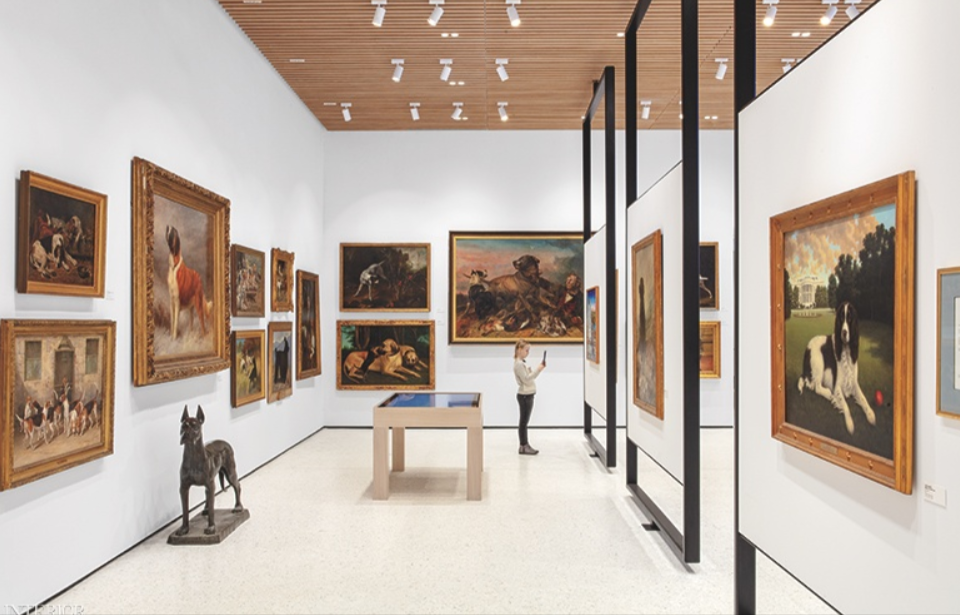Bangalore, often called the Silicon Valley of India, is not just a thriving hub of innovation—it’s also home to a deep-rooted heritage of art, architecture, and cultural richness. As the city expands and modernizes, its museums take on a pivotal role in preserving and showcasing this layered history. But a museum’s success today is not just about what is displayed—it’s about how it’s experienced.
That’s where interior design steps in: transforming museums into immersive, meaningful spaces that bridge the past and present. In this article, we explore how museum interior design in Bangalore can be thoughtfully curated to reflect the region’s cultural context while offering a world-class visitor experience.
The Role of Interior Design in Cultural Storytelling
Museum interiors aren’t static backdrops—they’re active participants in storytelling. Every texture, light source, spatial transition, and material used within a museum interior shapes how visitors interpret and emotionally connect with exhibits.
For culturally rich cities like Bangalore, interior designers must go beyond aesthetic decisions. They must understand local narratives, customs, and symbolism to ensure that each room becomes a chapter in the story being told.
Understanding Bangalore’s Cultural and Architectural Identity
Designing museum interiors in Bangalore comes with a unique responsibility—to reflect the city’s layered identity:
- Dravidian temple heritage from nearby regions like Hampi and Belur.
- Colonial-era architecture influenced by the British Raj.
- Kannada folk traditions, art, textiles, and musical forms.
- Modern design sensibilities from the city’s contemporary and tech-driven evolution.
A successful museum interior balances all these influences in a cohesive, thoughtful manner—celebrating both tradition and transformation.
Key Design Principles for Curating Cultural Context
- Local Materials and Craftsmanship
Using regional materials like laterite stone, terracotta tiles, Mysore rosewood, and traditional cane weaving not only supports sustainability but also echoes historical building styles. Display mounts or furniture made using traditional joinery techniques can subtly reinforce the cultural theme.
- Color & Lighting
Color palettes in heritage-inspired museum spaces often include earthy tones—ochres, indigos, and deep browns. Lighting design should be:
- Ambient and diffused to maintain a sense of calm.
- Spotlighting for focused displays.
- Natural light integration (where conservation allows) to evoke openness and authenticity.
- Spatial Zoning Based on Narrative
Rather than dividing spaces randomly or chronologically, interior designers today use narrative-based zoning:
- For example, a museum on Bangalore’s music history could flow from rural folk traditions to Carnatic classical halls to modern indie performances.
- The layout, wall curvature, and corridor rhythm can mirror the emotional journey.
- Cultural Motifs & Patterns
Ceilings, flooring, and partitions can be subtly enhanced using motifs derived from:
- Hoysala temple architecture
- Yakshagana costume patterns
- Local rangoli or kolam art
These design layers communicate local culture even in minimalist interiors.
Interactive and Modern Storytelling Tools
While cultural authenticity is critical, modern museum-goers expect interactivity. Blending technology with tradition is key:
- Touch-screen kiosks embedded in heritage-style display tables.
- Augmented Reality (AR) elements that superimpose historic reconstructions.
- QR codes that take users to oral histories in Kannada and English.
Designers must accommodate wiring, display interfaces, and spatial flow without disrupting the cultural ambiance.
Case Snapshot: What a Bangalore Heritage Museum Might Include
Entrance Lobby:
- Hand-carved wooden panel with abstract motifs from Karnataka’s temples.
- A projection-mapped welcome wall telling the city’s origin story.
Exhibit Zones:
- Folk traditions room with ambient folk music and low seating like village baithaks.
- Independence-era section using colonial wood and brass finishes.
- Tech-forward contemporary zone with neon-accented spaces and video walls.
Community Spaces:
- An art workshop studio with natural light, clay tiles, and cane dividers.
- A café inspired by old Bangalore verandas, lined with heritage posters.
Conclusion: Designing with Sensitivity and Vision
Designing museum interiors in Bangalore isn’t simply about creating beautiful spaces—it’s about curating cultural memory in an environment that resonates with both residents and global visitors.
At Design Arc Interiors, we believe that great museum design is as much about context as creativity. By respecting history and thoughtfully applying modern design principles, we help institutions craft immersive experiences that inform, engage, and inspire future generations.
